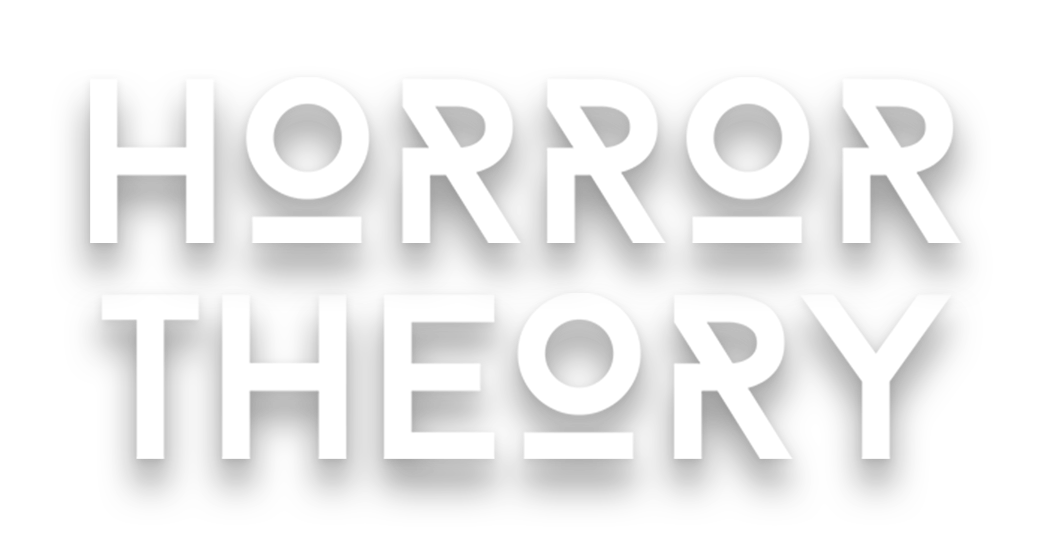Whereas the original served as an introduction to the series’ malevolent spirits, “Chapter 2” allows us to get up close and personal. Carefully-staged and frantically-paced, “Insidious: Chapter 2” brings back the surreal, throw-back scares and atmospheric tension that make director James Wan such a compelling horror filmmaker.
“Chapter 2” begins with a flashback to Elise– 25 years before the events of the first “Insidious.” She hypnotizes young Josh (Patrick Wilson) after his ability to project into an astral dimension attracts some unwanted attention from one of its inhabitants. Fast-forward to present day, the police suspect that Josh is responsible for the death of Elise (Lin Shaye) and investigate their house. All the while, Renai (Rose Byrne) is haunted by a woman in white, and Josh’s increasingly mysterious behavior grows more suspicious.
This sequel earns its “Chapter 2” title. Everyone is back for the sequel, which takes place mostly after the original, but also a little before and during. Both director James Wan and screenwriter Leigh Whannell return, as well as the entire original cast– Patrick Wilson, Rose Byrne, Lin Shaye and Ty Simpkins. Nevertheless, as Wan explains, there’s a different approach when you’re dealing with a sequel.
“In any first movie, you have the luxury of not knowing what’s going to happen,” director James Wan told the Los Angeles Times. “Nothing established, nothing set up. The first movie was original. The sequel has rules and things already established that we have to adhere to.”
The mythology behind the “Insidious” films are unmatched, and it’s perhaps its greatest asset in the deeply resonant scares and the chapter-to-chapter continuity. The main inhabitants of the Further– The Long-Haired Fiend, Lipstick-Face Demon and Bride in Black– make appearances in all three chapters.
In “Chapter 2,” the focus is on the Bride in Black. Bride in Black (whose name is misleading as it’s a man in a black funeral dress) was introduced in “Chapter 1” as a “parasite” who tries to attach himself to Josh when he astral projects. Bride in Black appears next to Josh in old childhood pictures and eventually possesses Josh when he tries to rescue his son, Dalton, from the Further.

To combat Bride in Black, the Lambert family (with the help of Specs and Tucker) investigate his history as a human, when he was known as Parker. Parker, we learn, was tortured by his devilishly abusive mother who had him dress as a little girl and accept the identity, Marilyn. The abuse culminated in the hospital when Parker tried to castrate himself.
The Insidious sequel shows how much director Wan learned from his experience directing “The Conjuring,” which was released just a few months before “Chapter 2” and is still the most finely-crafted film to come out of the Blumhouse canon. Although, the Further in the “Insidious” series is much more stylized and fantasy-driven, elements of “The Conjuring” seep into this story. And that’s certainly a good thing. The horror components are very surreal, but they’re grounded by very human drama and story-telling.
Unlike Wan’s other horror mega-franchise, “Saw,” which Wan pitched as a short film in 2003, the “Insidious” series features minimal blood and gore. They rely almost entirely on old-fashioned, haunted house thrills. Much more than his modern horror filmmaker peers, Wan’s scares feel much more deserved. As we learn more about the kind of insidious spirits of the series, Wan perfectly balances mystery, terror and atmosphere.
The precision of the cinematography by John Leonetti, who also shot both “Insidious” and “The Conjuring,” is superb. Each frame has a purpose– to move the story forward, to zero in on a character’s emotions or to generate fright. When Wan takes us for a second visit to the Further, fog machines, carefully crooked furniture and lamps, and all the grimy wallpaper give “Chapter 2” a very unsettling, old-school atmosphere. Filmmakers behind this series aren’t content with letting CGI and post-production tricks do their work for them.
Horror sequels are rarely as scary as the original, but often expand on the narrative in really interesting and vivid ways. This is also the case with “Insidious: Chapter 2.” The terror of the Lambert family’s descent into the hellish dimension is less scary this time around because we’ve already been there. But the trade-off is a more compelling exploration of the film’s characters and mythology.
“Insidious: Chapter 2” succeeds in every way– as a modern possession movie, as a haunted house thriller, as a family drama and as the parallel sequel to one of the most original horror movies of this decade. If “Insidious” was a frantic chase down a haunted corridor, the “Chapter 2” is a lingering peek into each nightmarish room.
***
“Insidious 2” is available on DVD, blu ray and digital download here on Amazon; and the original here; and the third here. And be sure to check out the other entries in the Horror Sequel Marathon right here on My Vinyl Muse!
